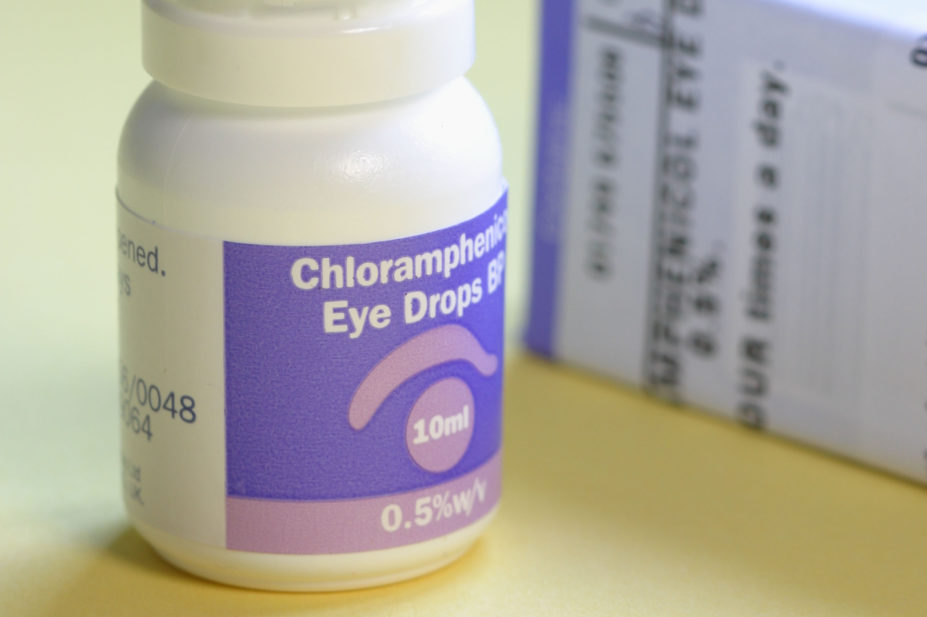
Steven May / Alamy Stock Photo
Chloramphenicol eye drops containing sources of boron, in the form of borax or boric acid, may be given to children aged under two years, the Medicines and Healthcare products Regulatory Agency (MHRA) has concluded.
Following a review of European guidance and toxicological data, as well as advice from the Paediatric Medicines Expert Advisory Group of the Commission on Human Medicines, the MHRA has concluded that the benefits of these boron products outweigh the risks, including for patients aged two years and under.
Eye drops containing the antibiotic chloramphenicol are used to treat eye infections, but some contain borax or boric acid buffers to ensure the pH of the products is suitable for use in the eyes.
In October 2017, the European Commission said that products containing boron should not be given to children aged between 0 and 2 years if the dose would result in an exposure to boron of greater than 1 milligram (mg) in a 24-hour period, owing to a possible long-term effect on their fertility in the future.
As a result, chloramphenicol eye drops containing borax or boric acid buffers could not be given to this age group. However, the MHRA has now concluded that the boron exposure from a typical treatment regimen of chloramphenicol eye drops would be “well below the safety limit for children aged 0 to 2 years”.
The product information for these products will be updated to remove the previous restrictions and warnings, although medicines packages already on shelves will not be recalled.
“We ask healthcare professionals to reassure concerned parents and caregivers that chloramphenicol eye drops can be used safely when prescribed for use in their children as long as the instructions for use are followed,” said a statement from the MHRA.
William Thornhill, principal paediatric pharmacist at Evelina London Children’s Hospital, said he welcomed the updated guidance. “We have been using chloramphenicol for years; this a valuable treatment of eye infection in infants. The decision to use would be based on a risk versus need basis, and also the risk is minimised as exposure is only short term.
“The expert advice in this report regarding the exposure being less than the recommended intake gives me confidence in this decision.”
READ MORE: Vision and eye health in children: How to advise parents, dispel myths and spot the ‘red flags’ for onward referral


